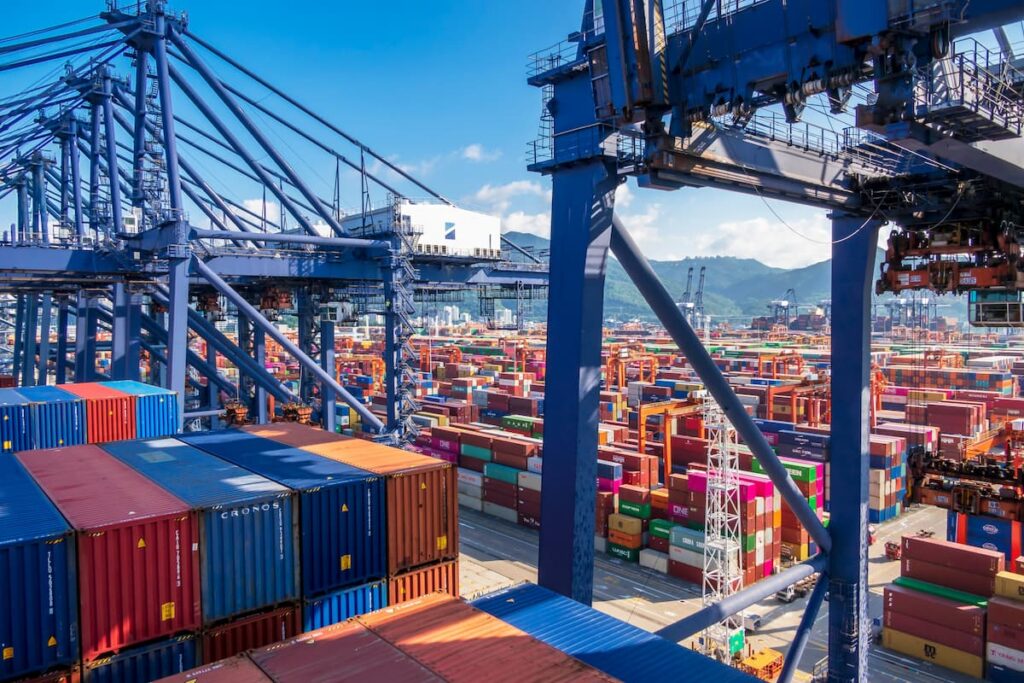Beijing Emerges Strategically Stronger After London Talks
China has walked away from the latest US trade negotiations with renewed confidence in its geopolitical leverage, particularly around critical mineral exports. The agreement, described by Washington as a deal “done,” is in fact a return to the stalled truce previously reached in May. Yet the political and economic dynamics have shifted. China now views itself not as a passive negotiator but as a co-equal power with tools that can significantly shape outcomes.
Though full details of the London agreement remain confidential, both sides have acknowledged that the framework is essentially a reinstatement of the May terms. However, the key difference lies in Beijing’s posture. Official statements from China have been measured, avoiding triumphalism, while the US has promoted the deal with more enthusiasm. Chinese analysts note that the shift in tone reflects a deeper understanding within China of its position in the global supply chain—and how to use that to its advantage.
Rare Earths Become Beijing’s Strategic Tool
At the heart of China’s leverage is its control over rare earth minerals. These materials, essential for producing everything from smartphones to advanced weapons systems, are overwhelmingly sourced from China. Following the US imposition of new tariffs and export restrictions, China added seven rare earth elements to its dual-use export control list in April, signaling its willingness to weaponize its dominance in this sector.
The results were immediate. Global industries reliant on these minerals faced delays and uncertainty. After US officials acknowledged the urgency during a high-level phone call between Presidents Xi Jinping and Donald Trump, China agreed to expedite export approvals—contingent on the US reversing certain restrictive measures imposed during the rare earth slowdown.
According to Howard Lutnick, US Commerce Secretary, the US agreed to lift measures it had introduced “when those rare earths were not coming.” Analysts believe this sequence illustrates that China’s rare earths policy was not simply bureaucratic delay but a calculated signal to Washington of its critical position in global manufacturing.
US Posture Shifts Under Pressure
Despite US tariffs on Chinese goods remaining high—around 55% by Trump’s account—there is a growing perception that Washington is increasingly eager to strike deals. Trump’s willingness to publicly praise Xi and hint at potential inclusion of China in the G7 underscores this shift. From Beijing’s perspective, the US president’s unpredictable style could present an opportunity rather than an obstacle.
This perception is bolstered by the idea, now circulating in Chinese media and academia, that Trump’s negotiating tactics may ultimately benefit Beijing. Commentators note that Trump’s abrupt policy shifts have created room for maneuvering, with Chinese analysts openly discussing how to engage a leader perceived as transactional and image-conscious.
Moreover, Beijing’s decision to regulate a new class of fentanyl-like substances this week—an issue long cited by Washington as a justification for tariffs—signals a willingness to offer gestures in exchange for strategic concessions. However, experts caution that while such moves may offer temporary relief, core issues like tech access, market reciprocity, and export control frameworks remain contentious.
Long-Term Implications for Global Trade Dynamics
The latest agreement, while preventing immediate escalation, leaves many structural issues unresolved. Chinese leaders continue to emphasize the need for “equal dialogue” and have framed the talks not as an endpoint, but as part of an ongoing mechanism for negotiation. They have made it clear they seek reductions in tariffs and access to American high-tech products, particularly in light of tightening US export controls.
Still, Beijing has proven that it has tools at its disposal. The episode has underlined how dependent certain sectors are on Chinese exports and how quickly disruptions can cause ripple effects across global markets. By accelerating its control regime and signaling a strategic use of export policy, China is positioning itself as a power that cannot be ignored in future trade negotiations.
As trade talks continue, the US must balance the need for supply chain resilience with the geopolitical realities of China’s industrial dominance. The question now is whether this fragile agreement can pave the way for a broader reconfiguration of economic ties or simply mark another pause in a prolonged strategic rivalry.



